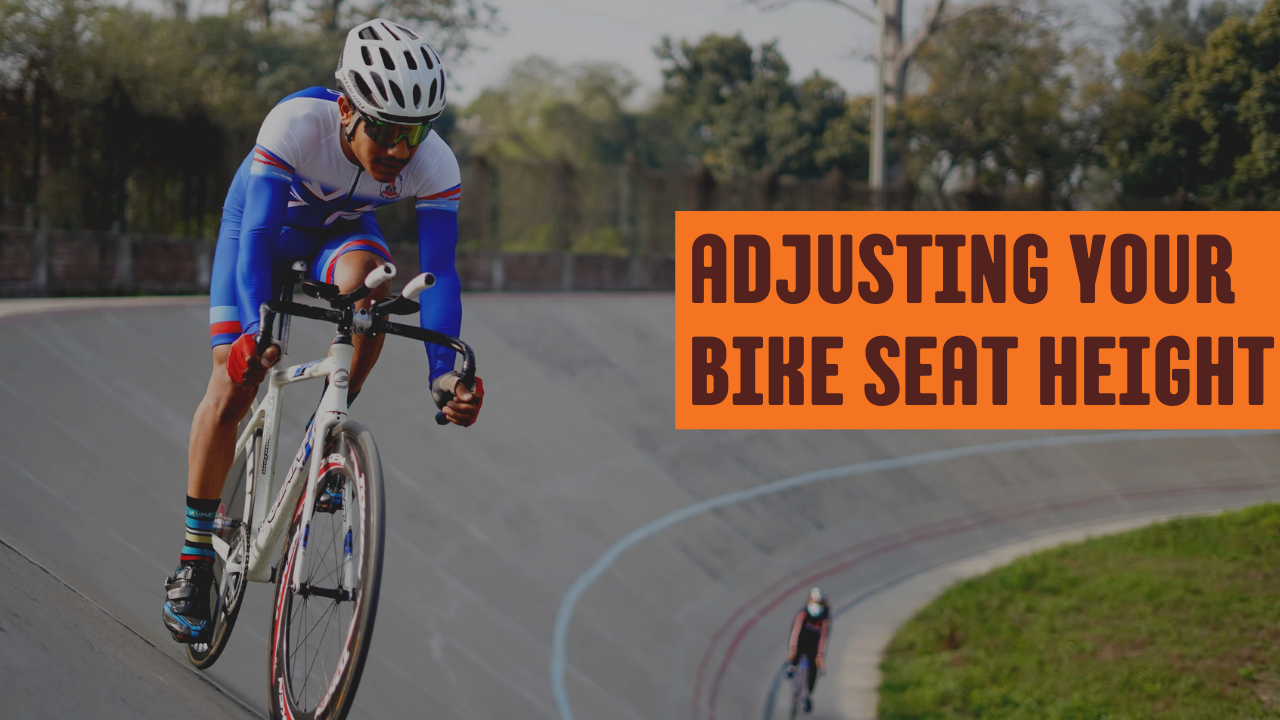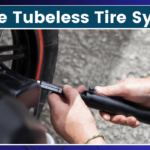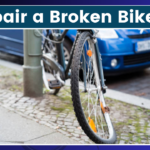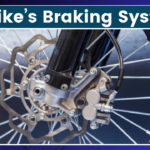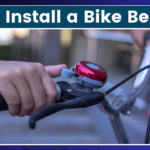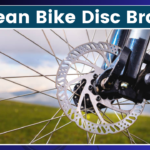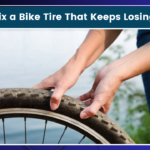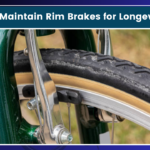Hey there, fellow cyclists! It’s been a long day at work, and I’m looking forward to grabbing dinner soon, but I wanted to take a moment to share some invaluable tips on adjusting your bike seat height. Whether you’re a casual rider or a hardcore enthusiast, getting your seat height just right can make a world of difference in your cycling experience. So, let’s dive in and explore this crucial aspect of bike setup!
Why Seat Height Matters
Before we get into the nitty-gritty of adjusting your seat, let’s talk about why it’s so important. You might be thinking, “Come on, it’s just a seat. How much difference can it make?” Well, let me tell you, it can make all the difference in the world!
Proper seat height affects:
- Comfort: Ever finished a ride with sore knees or an aching back? An incorrectly adjusted seat could be the culprit.
- Efficiency: With the right seat height, you’ll be able to transfer more power to the pedals, making your rides easier and faster.
- Safety: A seat that’s too high or too low can affect your control of the bike, especially when stopping or navigating tricky terrain.
Alright, now that we’ve covered the why, let’s get into the how. I’m getting hungry thinking about dinner, but this is important stuff, so let’s push through!
Finding Your Perfect Seat Height
There are several methods for determining the ideal seat height. I’ll share a few of the most popular ones, and you can choose the one that works best for you.
- The Heel Method
This is a quick and easy method that you can do at home:
- Put on your cycling shoes and sit on your bike (use a doorway or have a friend hold the bike steady).
- Place your heel on the pedal at its lowest point in the rotation.
- Your leg should be completely straight, with your heel just touching the pedal.
- When you clip in or place the ball of your foot on the pedal, you’ll have a slight bend in your knee at the bottom of the pedal stroke.
- The LeMond Method
Named after cycling legend Greg LeMond, this method uses your inseam measurement:
- Measure your inseam (in centimeters) from the floor to your crotch while wearing your cycling shoes.
- Multiply this number by 0.883.
- The result is the distance from the center of the bottom bracket to the top of the saddle.
- The 109% Method
This method is similar to the LeMond Method but uses a slightly different calculation:
- Measure your inseam as before.
- Multiply this number by 1.09.
- The result is the distance from the center of the bottom bracket to the top of the saddle.
- Professional Bike Fit
There are several methods for determining the ideal seat height. I’ll share a few of the most popular ones, and you can choose the one that works best for you.
- The Heel Method
This is a quick and easy method that you can do at home:
- Put on your cycling shoes and sit on your bike (use a doorway or have a friend hold the bike steady).
- Place your heel on the pedal at its lowest point in the rotation.
- Your leg should be completely straight, with your heel just touching the pedal.
- When you clip in or place the ball of your foot on the pedal, you’ll have a slight bend in your knee at the bottom of the pedal stroke.
- The LeMond Method
Named after cycling legend Greg LeMond, this method uses your inseam measurement:
- Measure your inseam (in centimeters) from the floor to your crotch while wearing your cycling shoes.
- Multiply this number by 0.883.
- The result is the distance from the center of the bottom bracket to the top of the saddle.
- The 109% Method
This method is similar to the LeMond Method but uses a slightly different calculation:
- Measure your inseam as before.
- Multiply this number by 1.09.
- The result is the distance from the center of the bottom bracket to the top of the saddle.
- Professional Bike Fit
If you’re serious about cycling or experiencing persistent discomfort, consider getting a professional bike fit. These experts use advanced techniques and sometimes even computer analysis to dial in your perfect position.
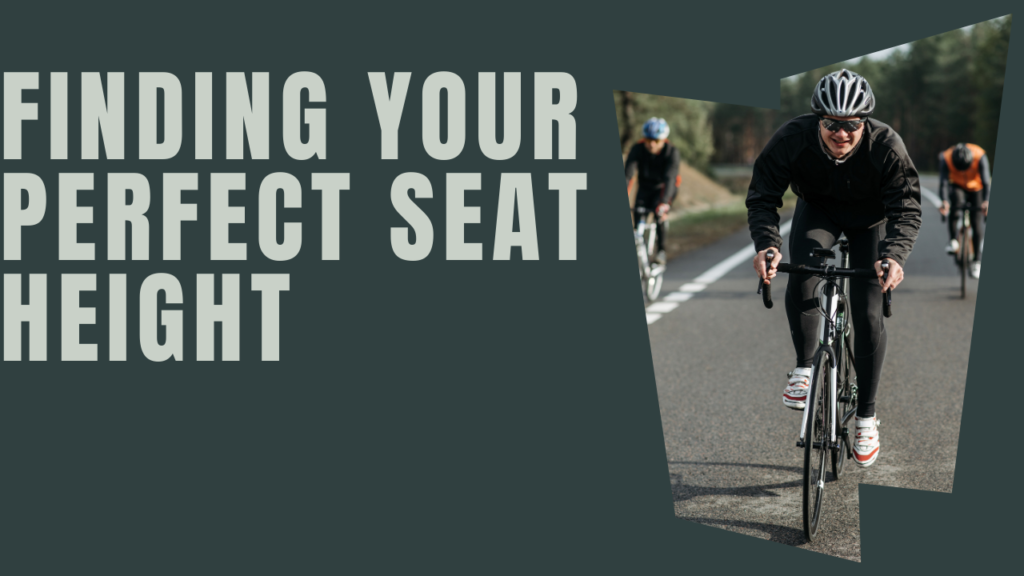
Making the Adjustment
Okay, so you’ve figured out your ideal seat height. Now what? Well, it’s time to adjust! But first, let me grab a quick snack – all this talk about cycling is making me even hungrier for dinner.
Alright, I’m back with a granola bar to tide me over. Let’s get that seat adjusted:
- Locate the seat clamp: This is usually a quick-release lever or a bolt at the top of the seat tube.
- Loosen the clamp: If it’s a quick-release, flip the lever open. If it’s a bolt, use an Allen key to loosen it.
- Adjust the height: Raise or lower the Seatpost to your desired height. Most seat posts have markings to help you keep track of the adjustment.
- Check for straightness: Make sure the saddle is aligned straight with the top tube of the bike.
- Tighten the clamp: Close the quick-release lever or tighten the bolt. Make sure it’s secure, but don’t overtighten – you don’t want to damage the frame or seat post.
- Test it out: Take a short ride to see how it feels. You may need to make small adjustments to find your perfect position.
Fine-Tuning Your Seat Height
Finding the perfect seat height isn’t always a one-and-done process. You might need to make some fine adjustments based on how you feel during and after rides. Here are some signs that your seat height might need tweaking:
Too High:
- Rocking hips while pedaling
- Stretching to reach the pedals at the bottom of the stroke
- Pain in the back of the knee
- Feeling unstable when stopped
Too Low:
- Knee pain, especially in the front of the knee
- Feeling like you’re not getting full leg extension
- Reduced power output
- Increased fatigue on longer rides
Remember, small adjustments can make a big difference. Try moving the seat up or down by 2-3mm at a time and see how it feels.
Beyond Height
While we’re on the topic of seat adjustments, it’s worth mentioning that height isn’t the only factor to consider. Here are a couple of other adjustments that can affect your comfort and performance:
Fore/Aft Position:
The fore/aft position of your saddle (how far forward or back it sits) can affect your weight distribution and pedaling efficiency. A good starting point is to have your knee directly over the pedal spindle when the crank arms are horizontal.
Tilt:
The tilt of your saddle can greatly impact comfort, especially on longer rides. Generally, a level saddle works well for most riders, but some prefer a slight downward tilt at the nose. Experiment to find what feels best for you.
Maintaining Your Seat Position
Once you’ve found your perfect seat position, you’ll want to maintain it. Here are a few tips:
- Mark your seatpost: Use a permanent marker or a piece of tape to mark your seatpost at the correct height. This makes it easy to reset if the seat ever slips or if you need to remove it for transport.
- Check regularly: Give your seat a quick check before rides to ensure it hasn’t slipped out of position.
- Clean and grease: Periodically remove the Seatpost, clean it and the seat tube, and apply a thin layer of grease (for metal seat posts) or carbon paste (for carbon seat posts). This helps prevent seizures and reduces the likelihood of slipping.
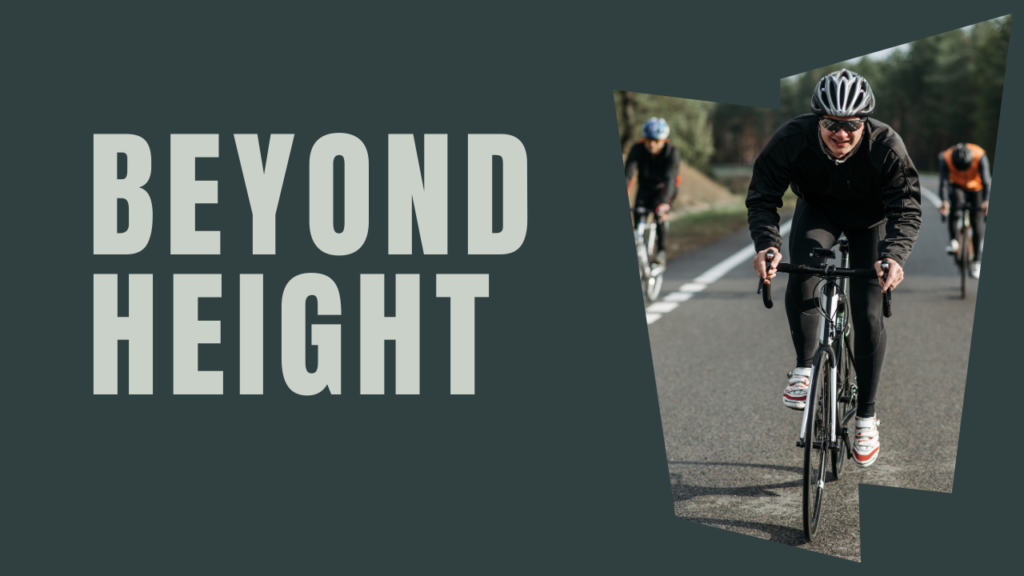
The Importance of Patience
Finding your ideal seat position might take some time and experimentation. Don’t get discouraged if it doesn’t feel perfect right away. Give yourself a few rides to adjust to a new position before making further changes. Your body may need some time to adapt, especially if you’ve made a significant adjustment.
Wrapping Up
Well, folks, I hope this guide helps you find your perfect seat height and enjoy more comfortable, efficient rides. Remember, everyone’s body is different, so what works for your riding buddy might not be ideal for you. Trust your comfort and experiment until you find what feels right.
Oh man, I can smell my neighbor’s cooking, and it’s reminding me that I need to get going on dinner. But before I dash off to the kitchen, let me leave you with one final thought: a properly adjusted bike seat is like a good meal – it might take some preparation, but the results are oh-so-satisfying.
Happy riding, everyone! Now, if you’ll excuse me, I’ve got a date with my kitchen. Ride on, and may your seats always be at the perfect height!
